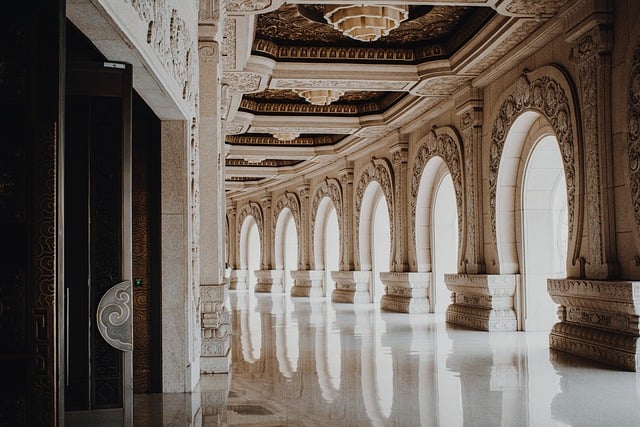Section 1: Introduction to AI Art
Art has always been a reflection of human creativity and imagination. From the earliest cave paintings to the modern-day masterpieces, art has evolved and adapted with the changing times. However, with the rise of artificial intelligence (AI), a new era of art has emerged – one that merges technology and creativity to create limitless possibilities. AI art is not just about machines creating art, but it is about artists using technology to enhance their creative process and push the boundaries of traditional art forms. In this article, we will explore the rise of AI art and how it is transforming the art world.
Section 2: The Emergence of AI Art
The concept of AI art may seem like a recent phenomenon, but its roots can be traced back to the 1960s when computer-generated art first emerged. However, it was not until the 1990s that AI art gained mainstream attention with the introduction of Generative Adversarial Networks (GANs). GANs are a type of AI algorithm that can generate new images by learning from a large dataset of existing images. This breakthrough in AI technology opened up a whole new world of possibilities for artists, allowing them to create unique and original artworks using AI as a tool.
One of the most notable examples of AI art is the work of Mario Klingemann, a German artist and AI researcher. Klingemann’s AI-generated portraits have been exhibited in galleries around the world, blurring the lines between human and machine-made art. His process involves feeding a GAN with thousands of images of faces and then manipulating the output to create surreal and thought-provoking portraits. Klingemann’s work challenges the notion of what it means to be an artist and who or what can create art.
Section 3: The Impact of AI on Traditional Art Forms
The emergence of AI art has also had a significant impact on traditional art forms such as painting, sculpture, and photography. Artists are now using AI algorithms to enhance their creative process and create works that were once thought impossible. For example, British artist Anna Ridler uses AI to create intricate and detailed paintings that are inspired by nature. She feeds the AI with images of flowers and plants, and the algorithm then generates new images that Ridler uses as a reference for her paintings. The result is a unique blend of human and machine-made art that challenges our perception of beauty and the role of the artist.
Similarly, sculptors are also incorporating AI into their creative process. French artist Gilles Boenisch uses 3D printing and AI algorithms to create sculptures that are based on human movements. He uses motion capture technology to record the movements of dancers, and then the AI algorithm generates a 3D model that is then 3D printed. The result is a series of fluid and dynamic sculptures that capture the essence of human movement. Boenisch’s work demonstrates how AI can be used to enhance traditional art forms and push the boundaries of what is possible.
Section 4: The Role of AI in Interactive Art
AI is not just limited to creating static artworks; it is also being used to create interactive and immersive art experiences. One such example is the work of Dutch artist and designer Daan Roosegaarde. His installation, “Presence,” uses AI algorithms to create an interactive light show that responds to the presence of the viewer. The installation consists of hundreds of LED lights that are controlled by AI software, creating a mesmerizing and ever-changing display. Roosegaarde’s work shows how AI can be used to create immersive and engaging art experiences that were not possible before.
Furthermore, AI is also being used to create music and dance performances. The AI music project, “Flow Machines,” developed by Sony Computer Science Laboratories, uses AI algorithms to compose original music in the style of famous artists such as The Beatles and Duke Ellington. The AI is trained on a large dataset of songs and then uses that knowledge to create new and unique compositions. Similarly, AI has also been used to create dance performances, such as the “AI Duet” by Google, which uses machine learning to improvise and respond to the movements of a human dancer.
Section 5: The Future of AI Art
The possibilities of AI art are endless, and the future holds even more exciting developments. With advancements in AI technology, we can expect to see more complex and sophisticated artworks that challenge our perception of what is possible. We may also see a shift in the role of the artist, from creator to collaborator with AI algorithms. As AI continues to evolve and learn, it may even develop its own unique style and aesthetic, blurring the lines between human and machine-made art even further.
Conclusion
The rise of AI art has opened up a whole new world of possibilities for artists and art enthusiasts alike. It has challenged our perception of what it means to be an artist and has pushed the boundaries of traditional art forms. With the continued development of AI technology, we can expect to see even more groundbreaking and thought-provoking artworks in the future. AI art is not a replacement for traditional art, but rather a new medium that enhances and expands our understanding of creativity and technology. As we continue to merge these two worlds, the possibilities are truly limitless.

